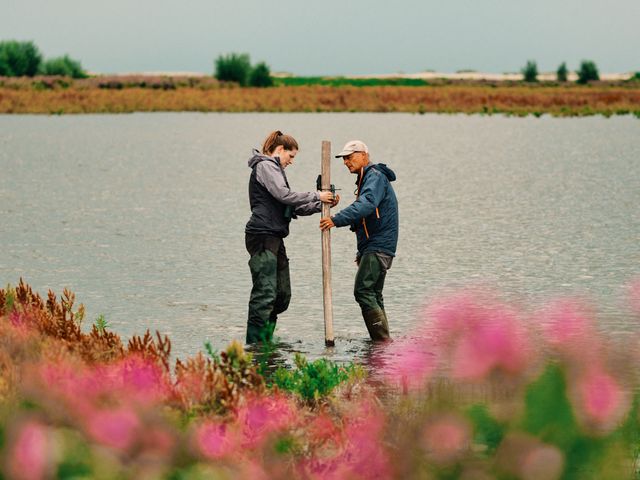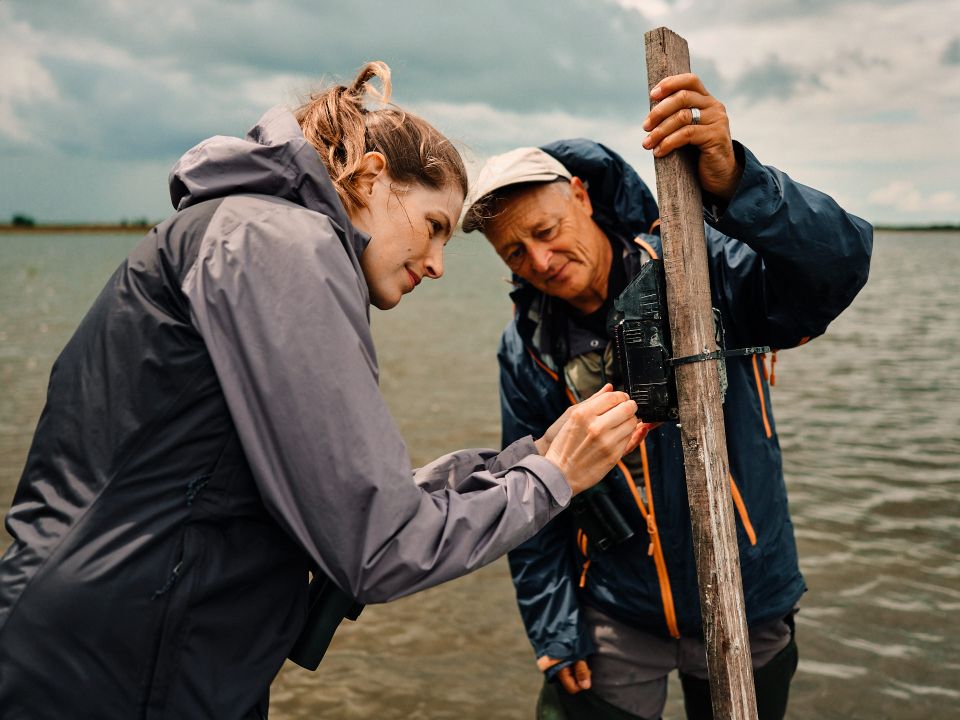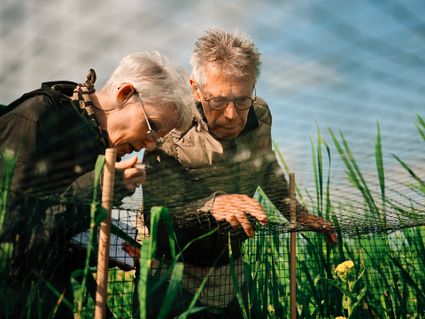Transmitters reveal how pied avocets, spoonbills and common terns use National Park Nieuw Land - Jan and Camilla study not one, but several areas within the National Park.
Pioneering is what Flevoland is known for. The first inhabitants of the Flevopolder took on the challenge of developing the virgin land and building a life on it. Pioneer bird species, such as the avocet and the common tern, are doing the same on Marker Wadden. They are the first to arrive to breed when new, barren land becomes available. But how do these animals use different areas within New Land National Park? By putting a tiny backpack with a transmitter on the birds, ecologists Camilla Dreef and Jan van der Winden are trying to find out.
Jan and Camilla, affiliated with the Lowland Ecology Network, study not one, but several areas within the National Park. To obtain specific information, they chose three ‘indicator’ bird species: the common tern, the spoonbill and the pied avocet. Jan: "The common tern gives us insight into the use of breeding and feeding areas on open water, such as the IJsselmeer. They catch fish on the open water and by studying where they do this, we can assess how productive this ecosystem is and whether there is enough fish. The avocet gives us information about Marker Wadden as a breeding and feeding area. These birds, including their chicks, search for small invertebrates in the mudflats and shallow water and give us insight into the quality of the area. Spoonbills commute between different areas, breeding in one place and then using other areas to catch fish in shallow water. These three species together give us a good overview of the use of the different areas and landscape types in National Park Nieuw Land.”
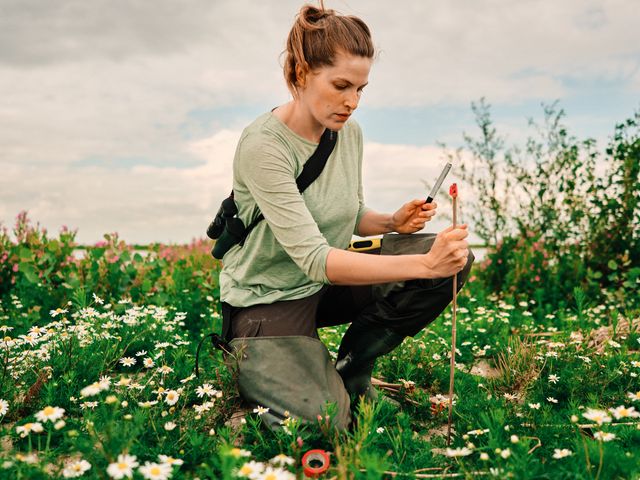
“ It's not that one area is always the best, but that the network of areas gives the birds the flexibility to adapt to changes. ”
What are they conducting?
An important part of the research is done with transmitters. Camilla explains, ”Using the transmitters, we can follow the birds in real time. In other words, even when we’re home we can see where the birds are going. We can follow spoonbills as they search for food at night and see how they fly from one location to another. We also follow common terns as they leave Marker Wadden to forage on open water. We use cameras to see what fish species and how many they bring to their nests. The transmitters we use are like little backpacks for the birds. They are very light and cause minimal discomfort. They can still eat normally, breed, fly and exhibit other natural behaviors, all the while providing us with valuable information about their movements.”
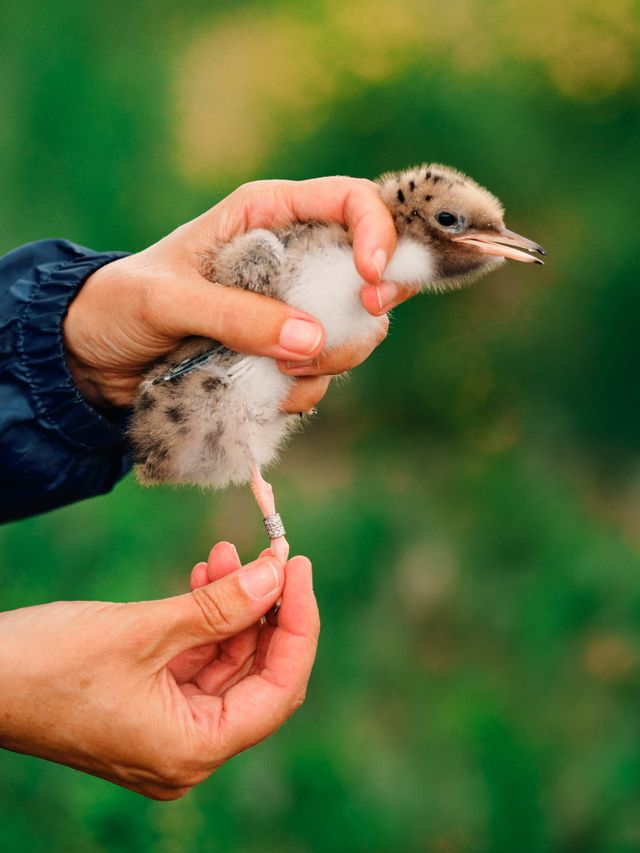
National parks are essential
The bird researchers work with the Netherlands Institute of Ecology, Wageningen Marine Research and Deltares, which collect data on food supply and the environment. Jan: ”We already made interesting discoveries by looking at the connectivity between different areas. We noticed that the avocet, a bird that prefers to seek food locally, not only uses Marker Wadden but also Oostvaardersplassen to find food. This is remarkable because it shows us that the birds use a much larger area for foraging. Sometimes they use Marker Wadden as a feeding area, while other times they forage in the Oostvaardersplassen. Sometimes we even see big differences within one year, with the birds adapting their behavior to the conditions.
Camilla adds, "It's fascinating to see how birds utilize different areas. One spoonbill is always fishing in the same pond. The other keeps going to different spots. But which one does it ’better’ that is, of course, the question. It suggests that variation is essential to their survival. It is not that one area is always best, but that the network of areas gives the birds the flexibility to adapt to change. National Park Nieuw Land is special because of its large freshwater ecosystems, whereas many other breeding areas are often surrounded by salt or brackish water. Moreover, it is notable that birds stop mostly in national parks during their migration to southern Europe and Africa, indicating that crucial resting and feeding areas remain in these areas. This highlights the importance of national parks, not only locally, but also internationally. In short, our discoveries show that the network of different areas and habitats is essential for birds.”

Where are they?
Jan and Camilla love sharing information about their research with other bird and nature lovers. You can follow the spoonbills and avocets ‘live’ as their transmitters send signals to the mobile network.
